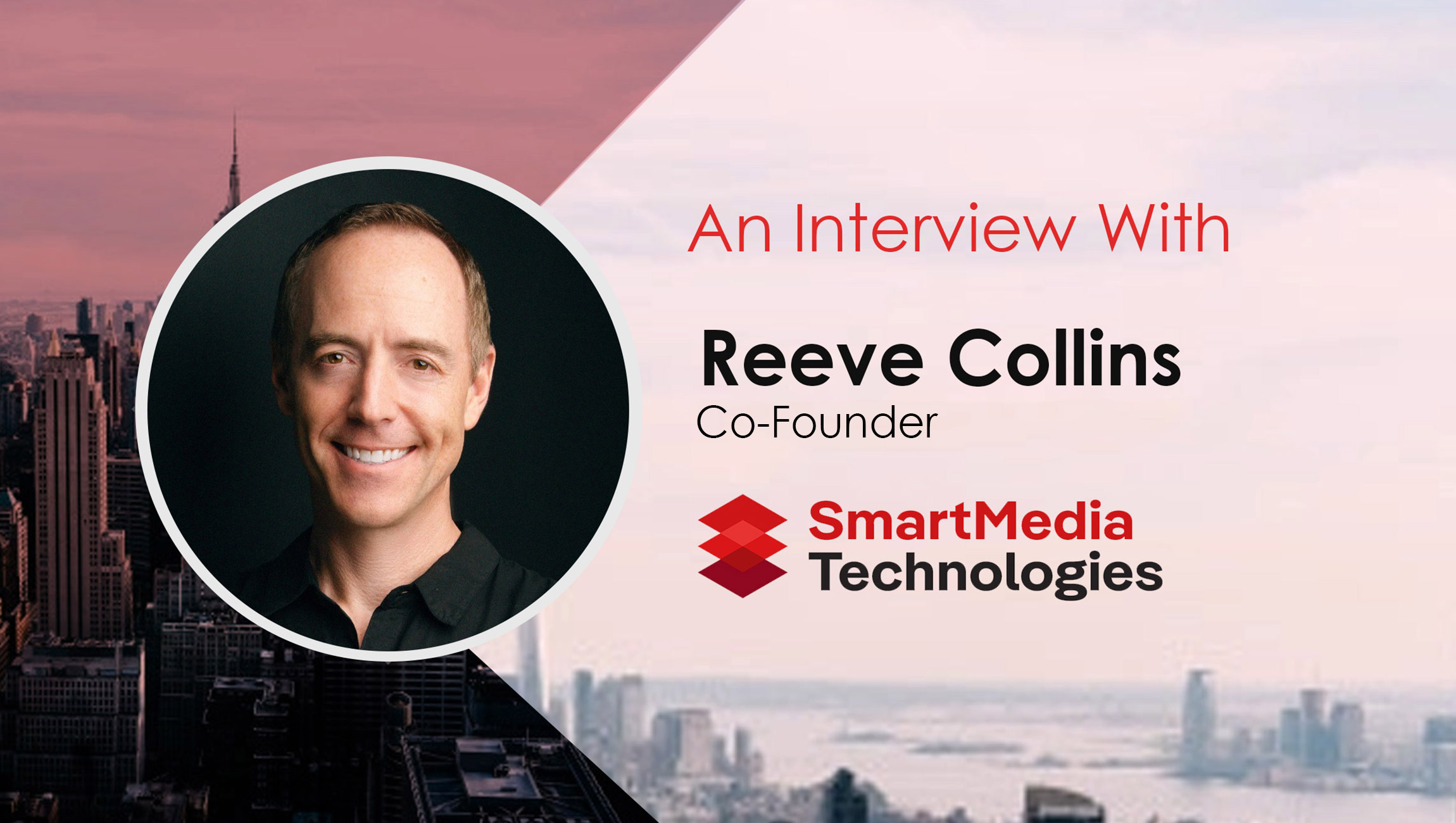Expectations for digital marketers have never been higher. As the pandemic pushed customer engagement online, the byproduct is that this has also increased the level of saturation within the programmatic and search ecosystems. Brands, and the agencies representing them, are clamoring to maintain market share while still preserving ROI.
If nothing else, the last couple of years has proven two things:
- Organizations within industries with a historically low level of digital maturity were able to see success in digitizing their buying experiences – think home improvement retailers and restaurants and the now-ubiquitous “curb-side pickup” option.
- The simmering challenges of online-offline attribution have been pushed to the forefront as a greater number of purchasing experiences involve a combination of in-person and in-home consideration cycles.
For some, the great migration from a totally offline to an online-augmented purchase experience has made the buying side of digital advertising incredibly competitive. According to eMarketer data, retail, travel, telecom and entertainment industries are expected to grow their ad spending more than 20% this year alone. The question now is how do you stand apart from what is a very crowded marketplace? How do you make your voice heard in a sea of others?
Those types of questions have spurred the ad tech industry to promote frameworks addressing how advertisers use paid media platforms in achieving tangible business outcomes that impact the bottom line – not just marketing budgets. In particular, Google’s narrative within this space has been defined by the concept called Value Based Bidding. While this practice isn’t necessarily exclusive to Google, the company from Mountain View may be the concept’s greatest champion.
Marketing Technology News: MarTech Interview with Emerson Welch, Vice President of Marketing at Quark Software Inc
Value Based Bidding, abbreviated VBB, is the practice of bidding towards the value of a user action, rather than just the completion of the action itself. This methodology insists that every action leading to a revenue generating event is valuable. That sounds somewhat obvious to the casual marketeer, but where things become less obvious is that the bidding practice must account for a fraction of this value along all touchpoints within the conversion path. This fractional value is derived from core business data, such as average customer lifetime value or products/services margins and other indicators.
One might think that this kind of exercise requires a high level of business-derived input into understanding how to fractionally assign this credit. This is a daunting challenge all on its own, and what marketers hope to promote is a better integration between digital advertising and business outcomes.
Brands and agencies who have successfully created this pipeline to help their organization or clients truly bid to value, I personally applaud you and tip my trucker hat to you because what you have accomplished is no small feat. I mean it! But what you have accomplished is really just the prologue in a much larger story that is waiting for your organization to help write.
The concept of VBB primarily relies on a static value assignment within each conversion touch point. However, nothing is static in paid digital (anyone who says otherwise is going for your wallet), and valuations can shift like the tides of the sea. Basket sizes, transaction amounts, marketing spend, margins, business costs and any number of external signals can rapidly transform decently reliable known values into obscenely unreliable values very quickly, leading any bid automation reliant on these values astray and decreasing the efficiency that the exercise was designed to promote in the first place.
Marketing Technology News: The Impact of Artificial Intelligence on Maximizing the Effectiveness of Influencer Marketing
Another version of VBB that helps mitigate these real-time and future valuation changes by combining organizations’ 1st party data with machine learning tools to help ensure that these valuations are not just accurate in real-time, but are also predictive is called Modeled VBB, or mVBB for short.
Using existing 1P data, such as customer loyalty, site analytics, call center data, CRM data and many others, can help produce a data model that powers a real-time predicted valuation of each of the touchpoints in a conversion funnel. These valuations are assigned to each corresponding Floodlight within the marketing funnel – both online and offline. This enables media activation efforts, through tools like SA360 or DV360, to have a unique edge providing incredible budget efficiency and performance gains.
Today, the key to performance marketing isn’t necessarily outspending peers, or diving into niche channels where the competition is lower. The new paradigm is efficiency, and working with mVBB has proven that the best way to be heard in a crowded marketplace doesn’t reside in who has the loudest voice or largest budget, but who is activating 1P data and who is doing it wisely. 1P data is a sunk cost, but the more quickly brands are able to activate it within paid media platforms the faster it can begin driving tangible business uplift for clients or stakeholders, putting the organization out in front and increasing the delta between the brand and its closest competitors.











